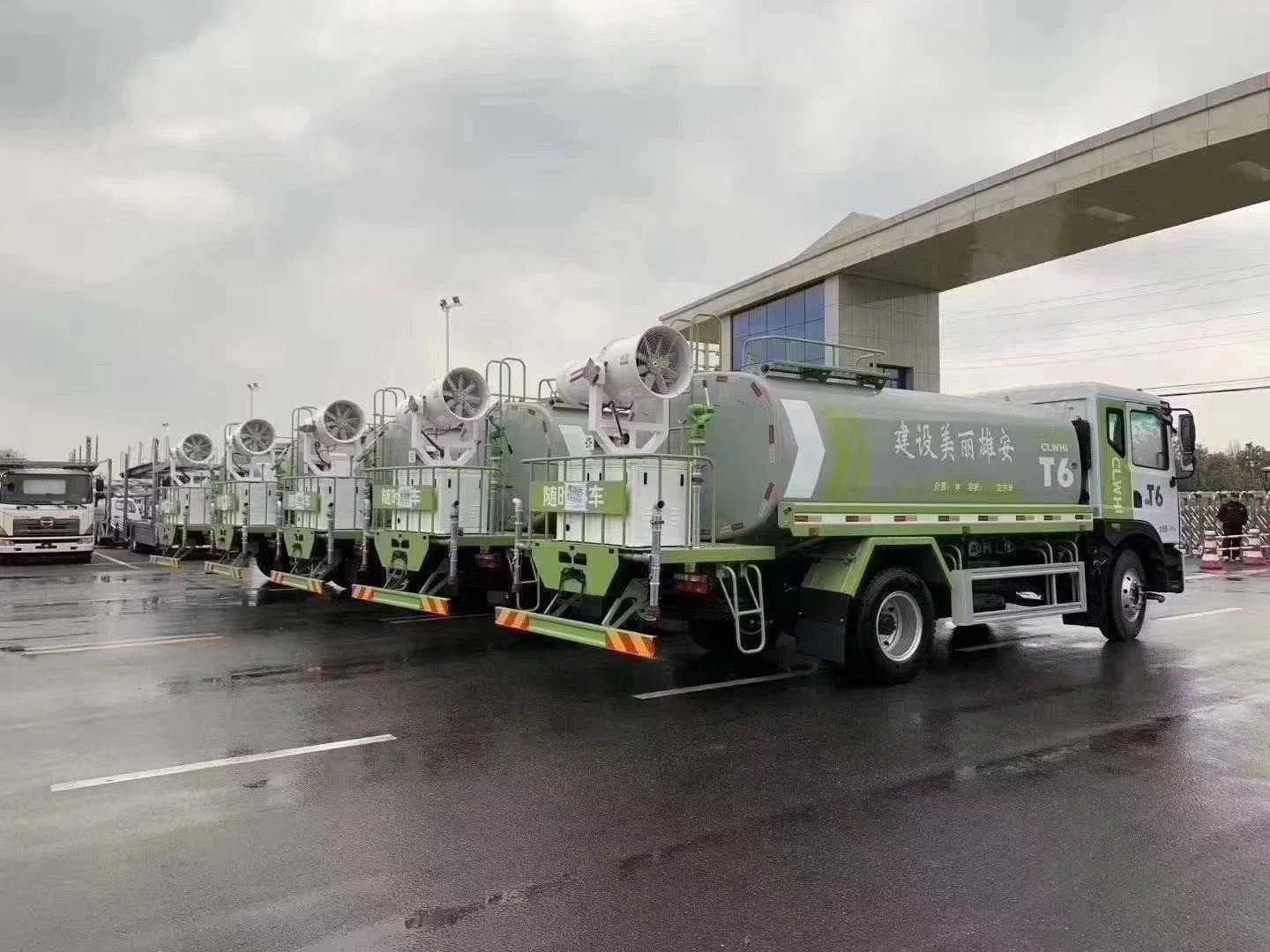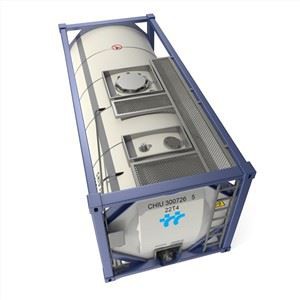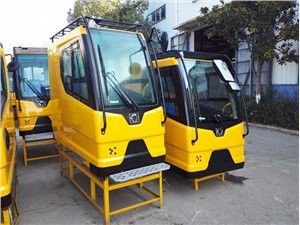Everything You Need to Know About Dustbin Lorries

Introduction
Dustbin lorries, also known as garbage trucks or refuse collection vehicles, play a vital role in maintaining cleanliness in urban and rural environments. These trucks are designed to collect waste materials from residences, businesses, and public spaces to ensure proper disposal and recycling of refuse. In this comprehensive article, we will delve into various aspects of dustbin lorries, including their types, working principles, maintenance, and environmental impact. Understanding the importance and functionality of dustbin lorries can help individuals appreciate their role in waste management and encourage community engagement in keeping our surroundings clean.
The Evolution of Dustbin Lorries
A Brief History
The concept of waste collection dates back to ancient civilizations, but modern dustbin lorries evolved during the 19th century with the advent of motorized vehicles. Initially, horse-drawn carts were used to collect waste materials. However, as cities grew, these methods became inefficient, leading to the introduction of powered refuse collection vehicles.
Modern Dustbin Lorries
Today’s dustbin lorries are equipped with advanced technology, allowing for greater efficiency and effectiveness in waste collection. The evolution has brought about different types of lorries, each designed for specific waste management needs.
Types of Dustbin Lorries
Roll-On/Roll-Off (RoRo) Lorries
These lorries are commonly used for collecting large volumes of waste, including industrial waste. The unique design allows containers to be rolled on and off the vehicle easily, providing flexibility in waste collection.
Compactor Lorries
Compactor lorries are designed to compress waste within the truck. Their ability to compact refuse enables them to hold larger amounts of waste, reducing the frequency of collections needed and saving on fuel and labor costs.
Rear-Loading Lorries
These are the most common dustbin lorries and are equipped with a mechanism at the back that allows waste to be pushed into the truck. They are typically used for residential and commercial waste collection.
Front-Loading Lorries
Front-loading lorries are primarily used in commercial settings where dumpsters are available. These lorries use a fork-like mechanism to lift and empty dumpsters from the front.
Side-Loading Lorries
Side-loading lorries are designed to collect waste from residential areas with limited access. The collection is done via a mechanical arm controlled by the driver, making it easier to pick up bins without leaving the vehicle.
How Dustbin Lorries Work
The Collection Process
The waste collection process typically involves a team of waste management professionals who empty bins or containers into the dustbin lorry. Each type of dustbin lorry has its unique collection method, as discussed in the previous section.
Loading Mechanisms
Dustbin lorries use different loading mechanisms depending on their design:
- Hydraulic Systems: Many lorries are equipped with hydraulic systems that allow them to lift and tip containers for easy waste loading.
- Mechanical Arms: Side-loading and front-loading lorries often use mechanical arms that extend from the vehicle to grasp bins, optimizing the collection process.
Compaction Technology
Some dustbin lorries feature compaction technology that compresses the waste within the vehicle, maximizing storage space and minimizing trips to the landfill. This technology often uses hydraulic mechanisms to apply pressure steadily.
Maintenance of Dustbin Lorries
Regular Inspections
Regular inspections are crucial to ensure dustbin lorries operate efficiently and safely. Inspections should focus on the following:
- Fluid levels (oil, coolant, hydraulic)
- Tire pressure and tread depth
- Brake and light functionality
- Compaction mechanisms
Cleaning and Sanitization
Cleaning the interior and exterior of dustbin lorries is essential for maintaining sanitation standards. Waste residue can create unpleasant odors and attract pests. Regular pressure washing and use of disinfectants can help keep the vehicles clean.
Fuel Efficiency Practices
To enhance fuel efficiency, waste collection companies should consider implementing the following practices:
- Regular engine maintenance
- Optimizing routes to minimize fuel consumption
- Training drivers on eco-friendly driving techniques
Environmental Impact of Dustbin Lorries
Waste Management and Reduction
Dustbin lorries are integral to effective waste management and reduction strategies. By ensuring timely collection of waste, they help prevent littering and illegal dumping, promoting cleaner environments.
Carbon Footprint
While dustbin lorries are essential, they also contribute to greenhouse gas emissions. The waste industry is actively seeking more eco-friendly alternatives, such as electric dustbin lorries, to reduce their carbon footprint.
Recycling Initiatives
Many cities are adopting recycling initiatives, and dustbin lorries are being equipped with separate compartments for recyclable materials. This helps increase recycling rates and decrease landfill waste, promoting sustainability.
Best Practices for Community Engagement
Educational Programs
Municipalities can implement educational programs to raise awareness about waste management practices. Workshops can be conducted to inform residents about proper waste segregation and the importance of using dustbin lorries.

Regular Clean-Up Drives
Organizing community clean-up drives in collaboration with waste management authorities can foster a sense of responsibility among residents. These events can highlight the importance of dustbin lorries in keeping neighborhoods clean.
Future of Dustbin Lorries
Innovation and Technology
The waste management industry is continuously evolving. Several technological innovations are expected to shape the future of dustbin lorries, including:
- Electric and hybrid models to reduce emissions.
- Real-time tracking systems to improve route efficiency.
- Smart bins equipped with sensors to signal when they are full.
Automated Collection Systems
Automated collection systems are on the rise, where dustbin lorries can operate with minimal human intervention. This technology could enhance efficiency and safety in waste collection.
Case Studies and Practical Examples
City of San Francisco
San Francisco has implemented an innovative waste management program known as “SF Recycling and Zero Waste.” The city employs specialized dustbin lorries that collect compost, recycling, and trash separately, achieving one of the highest recycling rates in the country.
Australia’s Waste Management Reform
In Australia, many cities have introduced electric dustbin lorries, significantly reducing their carbon emissions and demonstrating a commitment to sustainability while maintaining efficient waste collection.
Frequently Asked Questions (FAQs)

1. What is the average lifespan of a dustbin lorry?
The average lifespan of a dustbin lorry is typically around 10 to 15 years, depending on maintenance, usage, and the environment in which it operates.
2. How often should dustbin lorries be serviced?
Dustbin lorries should be serviced at regular intervals, typically every 6 to 12 months, or as dictated by mileage and operating conditions.
3. Are there different sizes of dustbin lorries?
Yes, dustbin lorries come in various sizes to cater to different waste collection needs, from small trucks for residential areas to large vehicles for commercial and industrial waste.
4. How can I report a missed waste collection?
You can typically report missed waste collections through your local waste management authority’s website or customer service number. They usually provide online platforms for such inquiries.
5. Are dustbin lorries safe for the environment?

While traditional dustbin lorries contribute to emissions, initiatives are being implemented to develop more eco-friendly options, such as electric models, to minimize their environmental impact.
6. Can I request additional waste collection services?
Yes, many municipalities offer additional services for bulk waste, yard debris, or recycling collection. You can usually find more information on your local waste management authority’s website.
